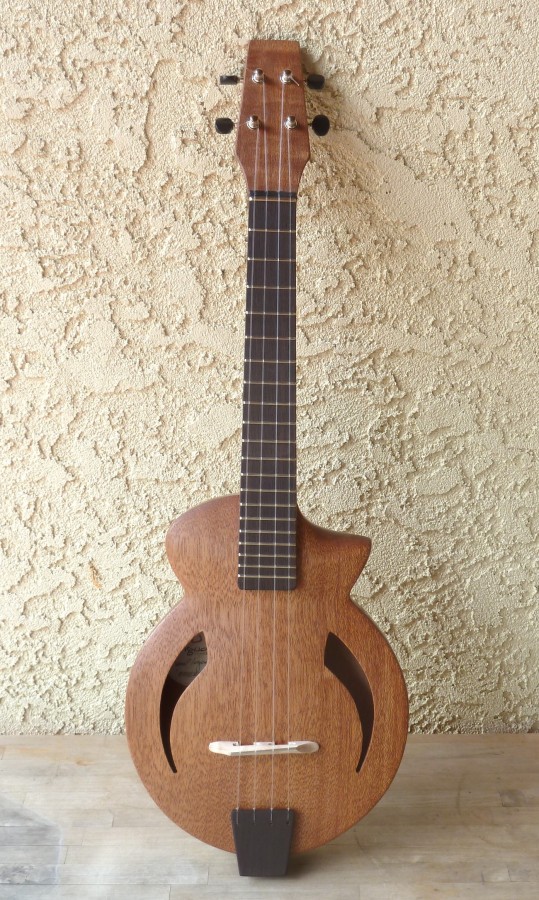As hobby maker I made an archtop just over a year ago just to see how much more difficult it was to make, how much time it would take and most importantly, how it would sound. I didn't find it that difficult but it took almost twice as long to make: if I make another it would take much less time. As for the sound, it is different but I've found using f holes on a conventional instrument gives it a different sound so I'm not able to separate the contribution of these 2 factors to the overall sound. Since making the instrument, I have thinned the top a little and found an increase in volume: I suspect I could thin it even more with beneficial results.
Of all the instruments I have made, this one is often the one that people find most interesting, not because of the sound but because of the way it looks. Do I play it all the time? No, as with my bowl back instrument, its played occasionally. My favourite instrument is a conventional tenor in walnut and cedar.
So, I think the answer to your question is that the extra effort/time/cost is probably considered not to be worthwhile. I should add that for large scale manufacture, the soundboard and back would be shaped using a CNC machine, with fine tuning (voicing) done by hand. Mainstream manufacturers don't appear to have made this investment- presumably the demand isn't there.
http://forum.ukuleleunderground.com...First-archtop-tenor-uke&p=1628861#post1628861








